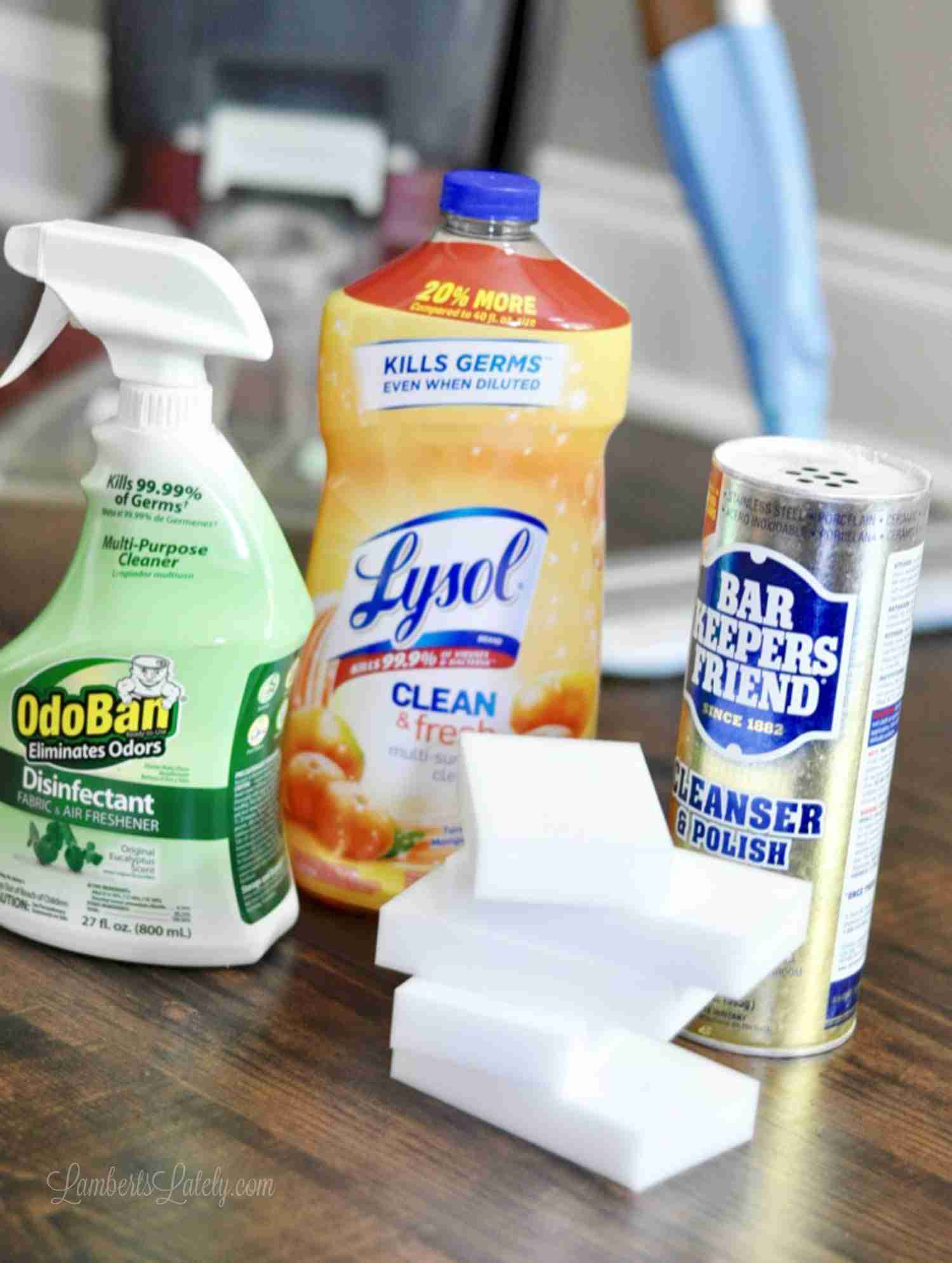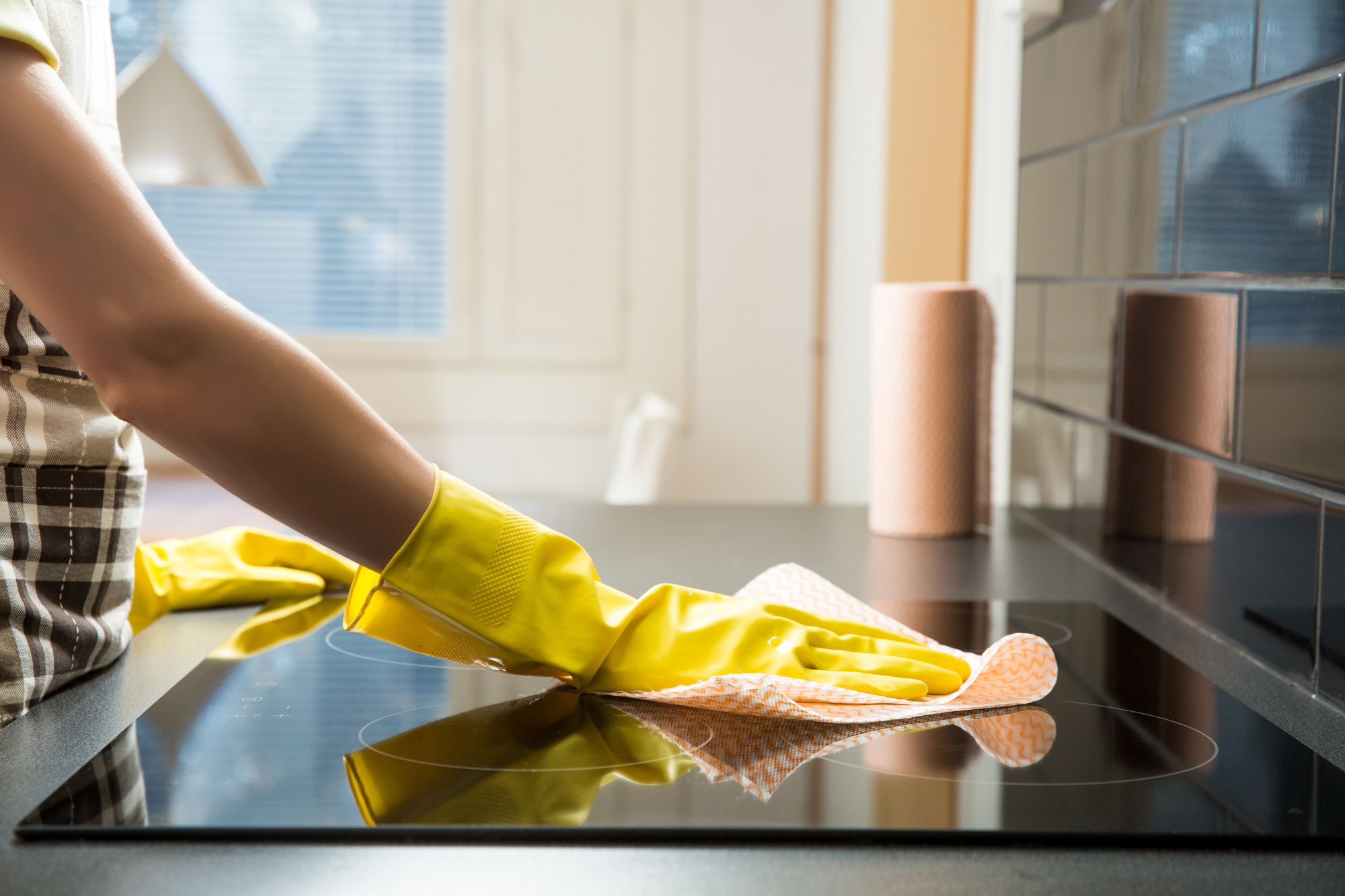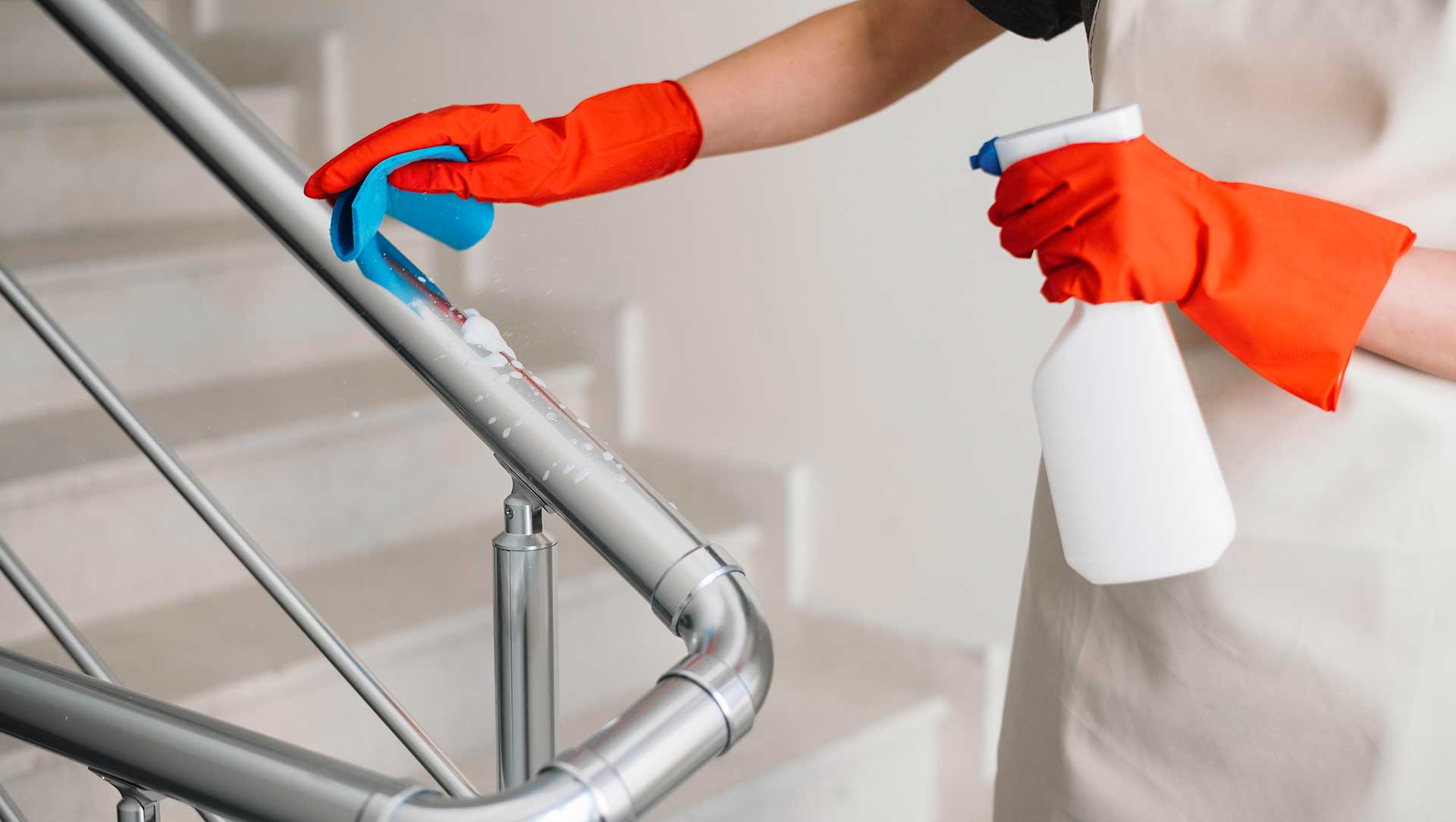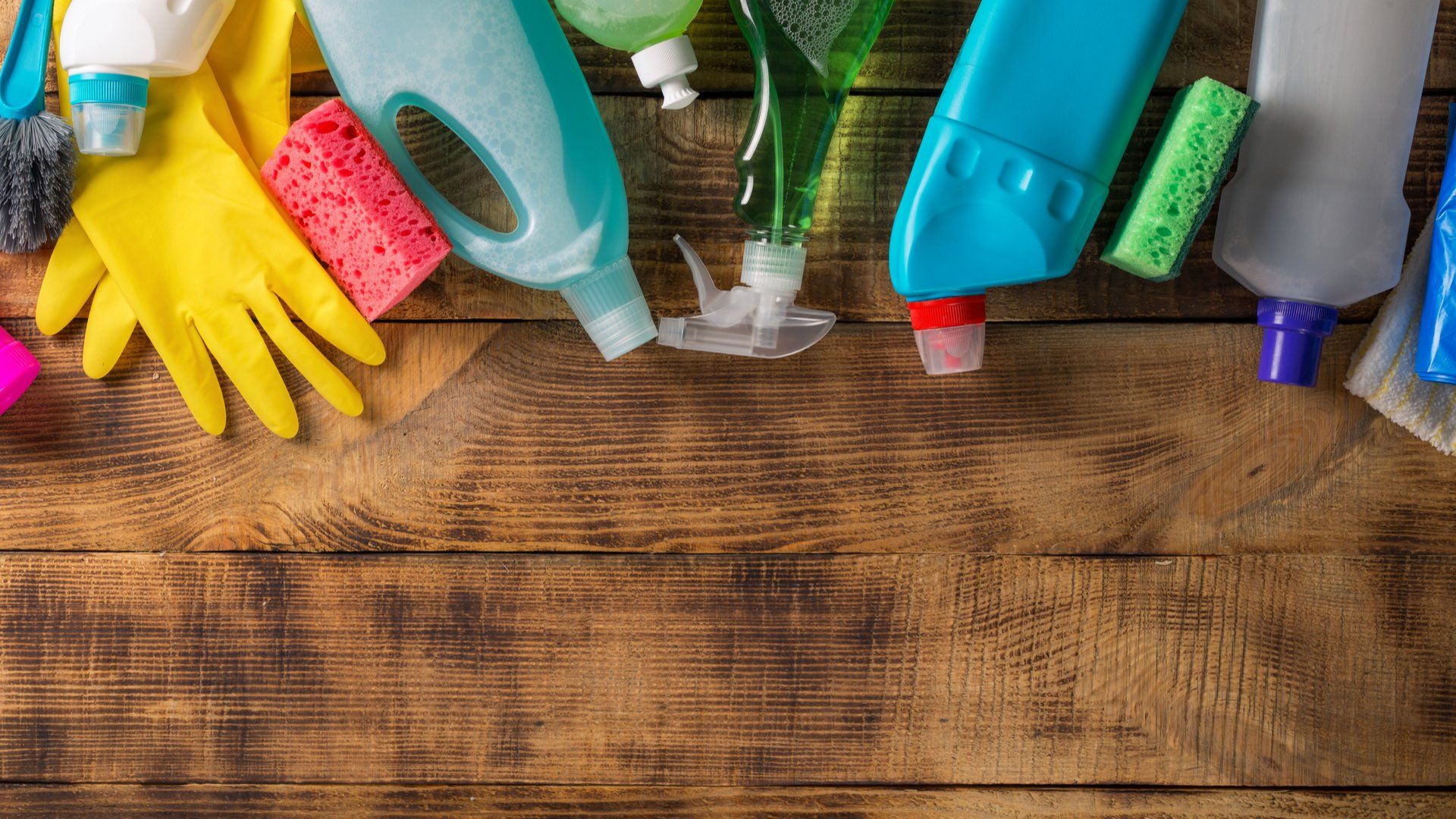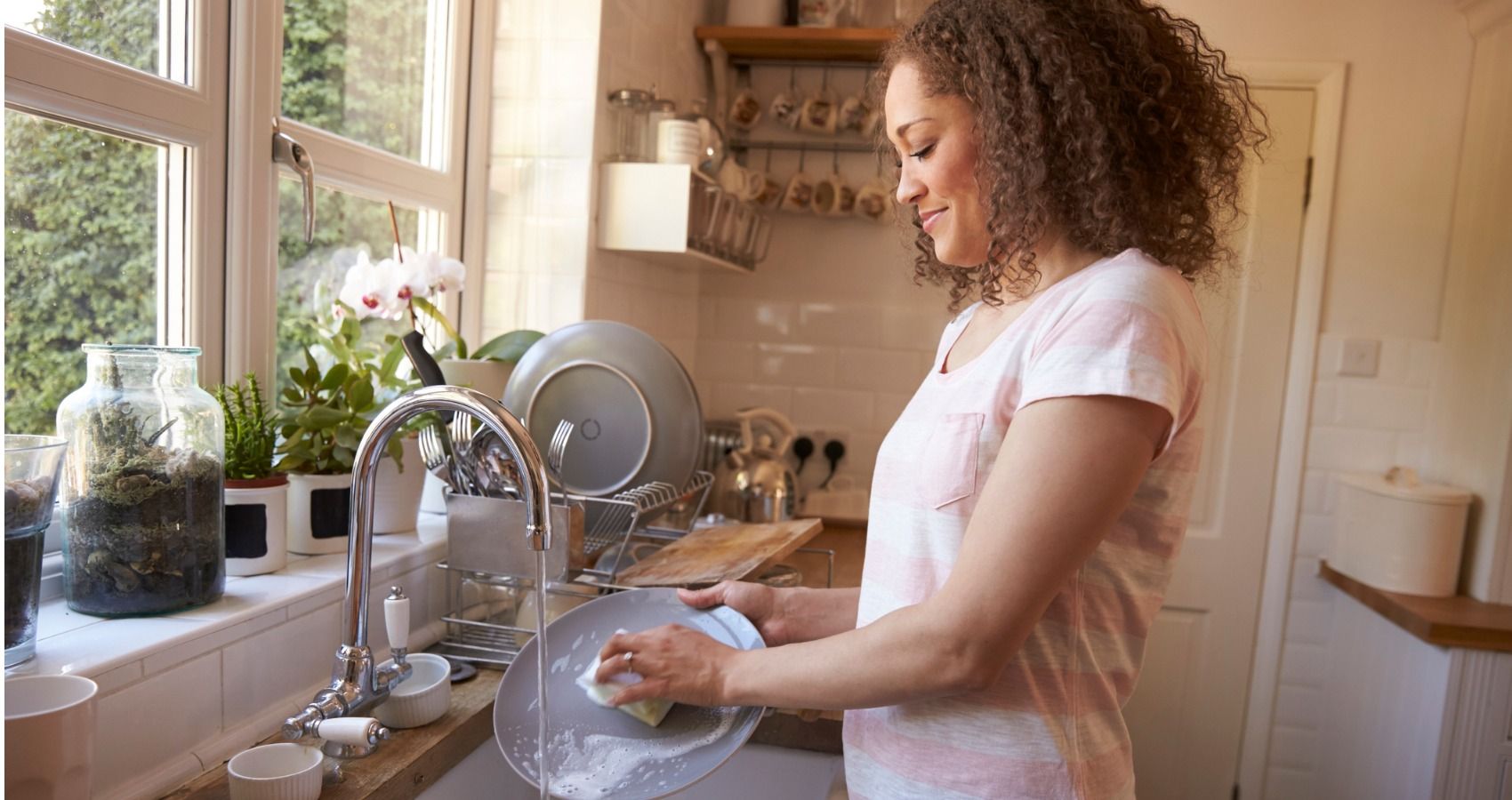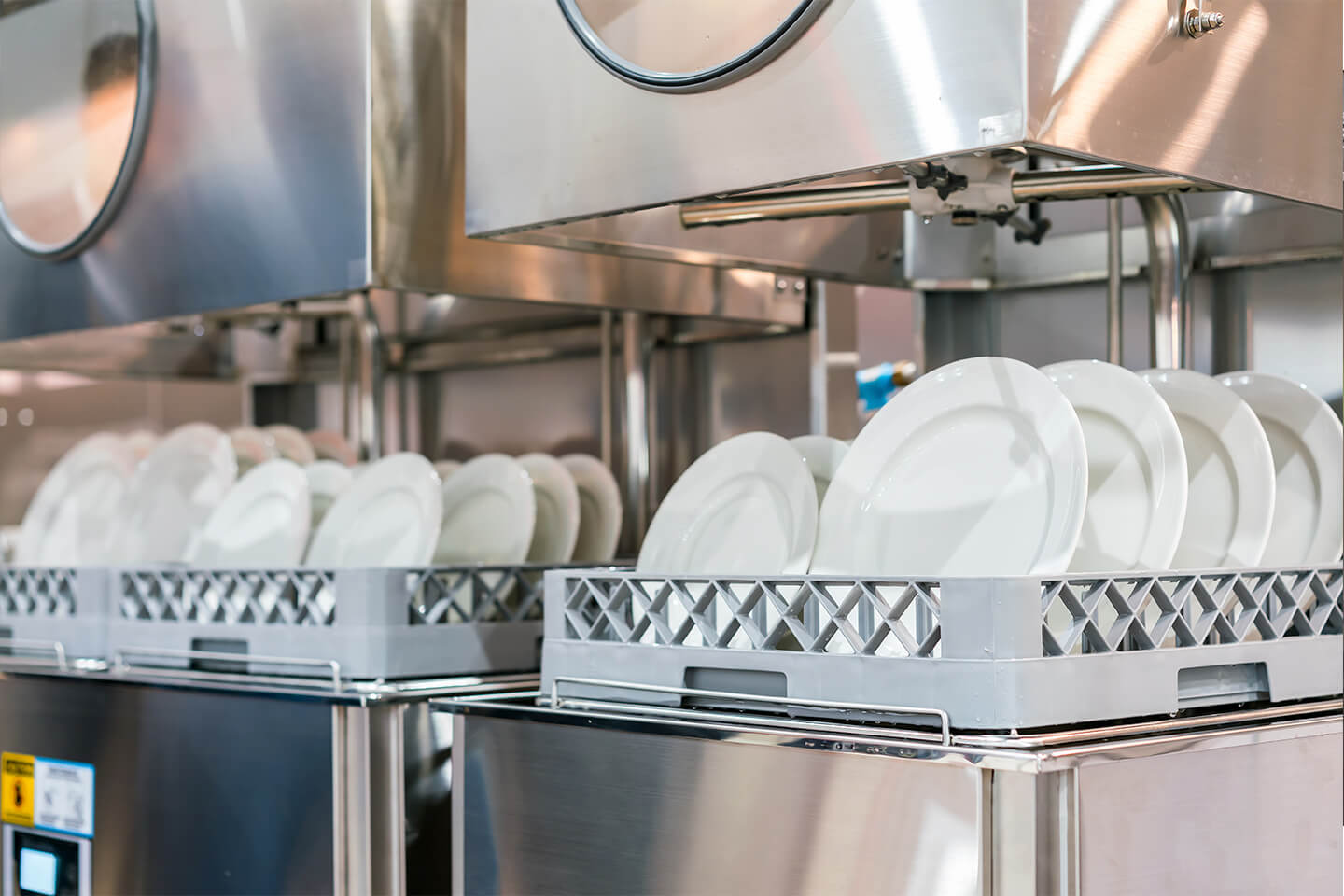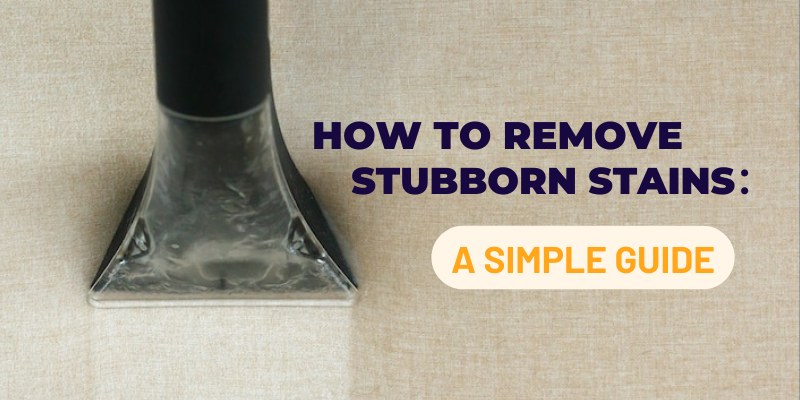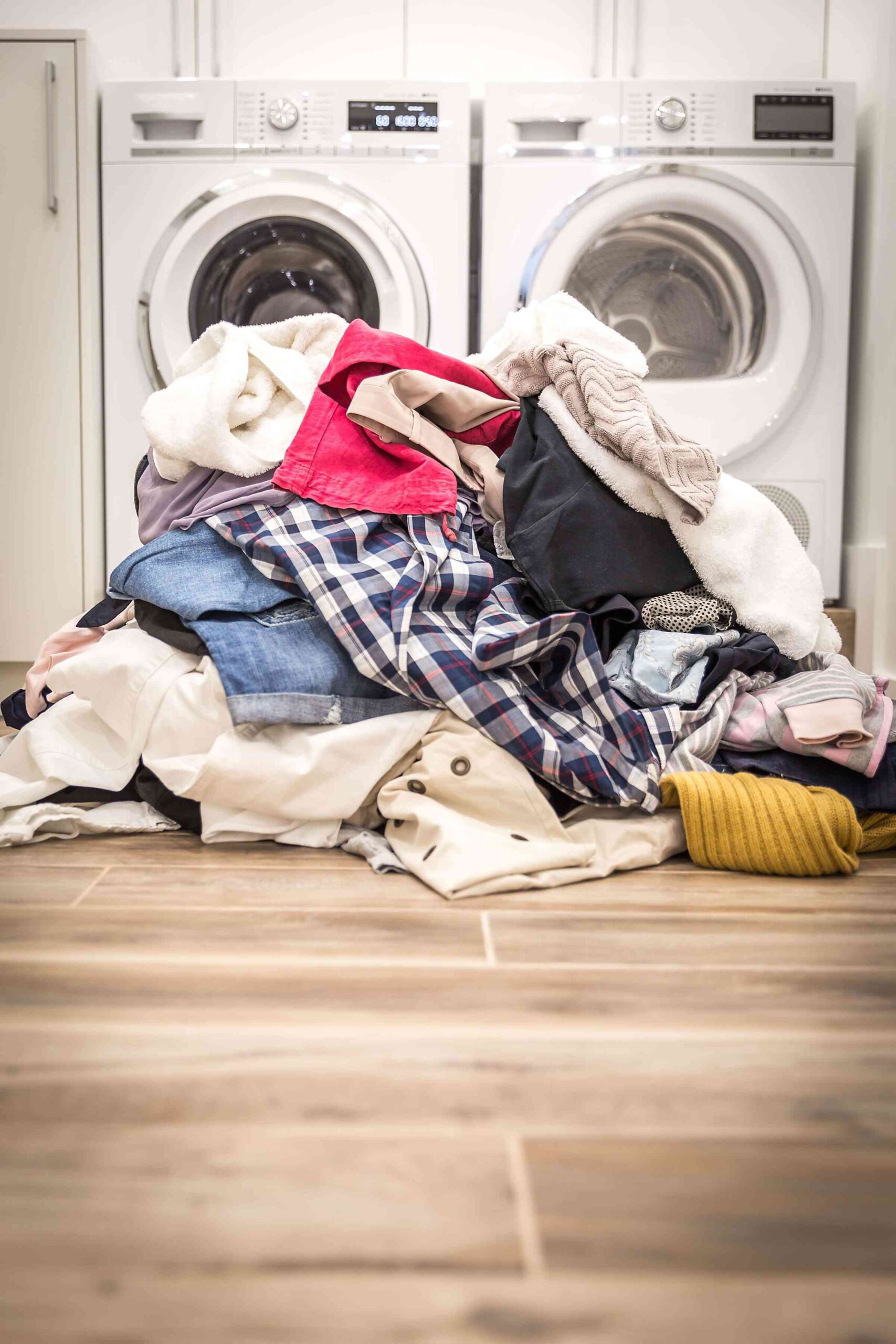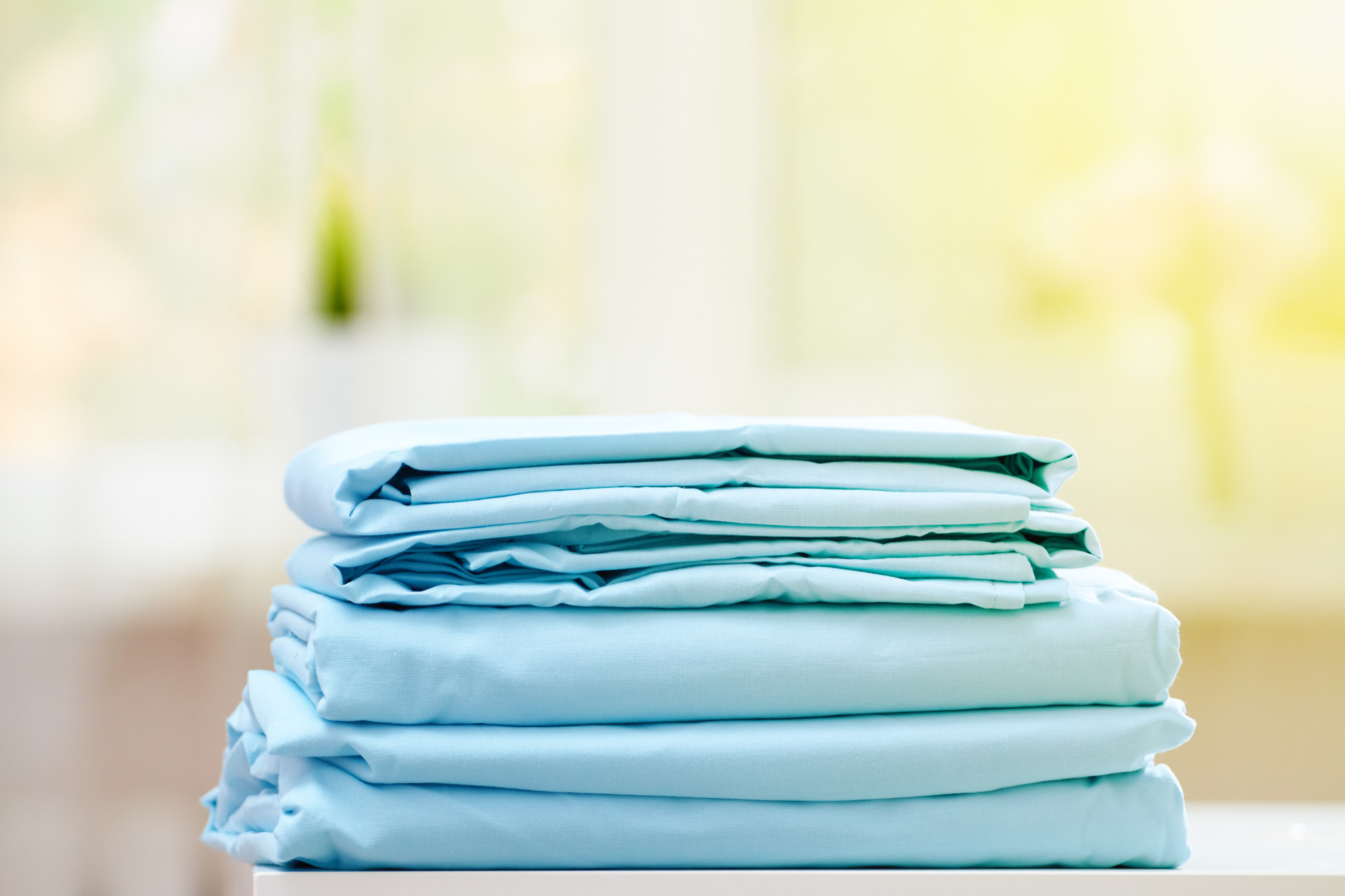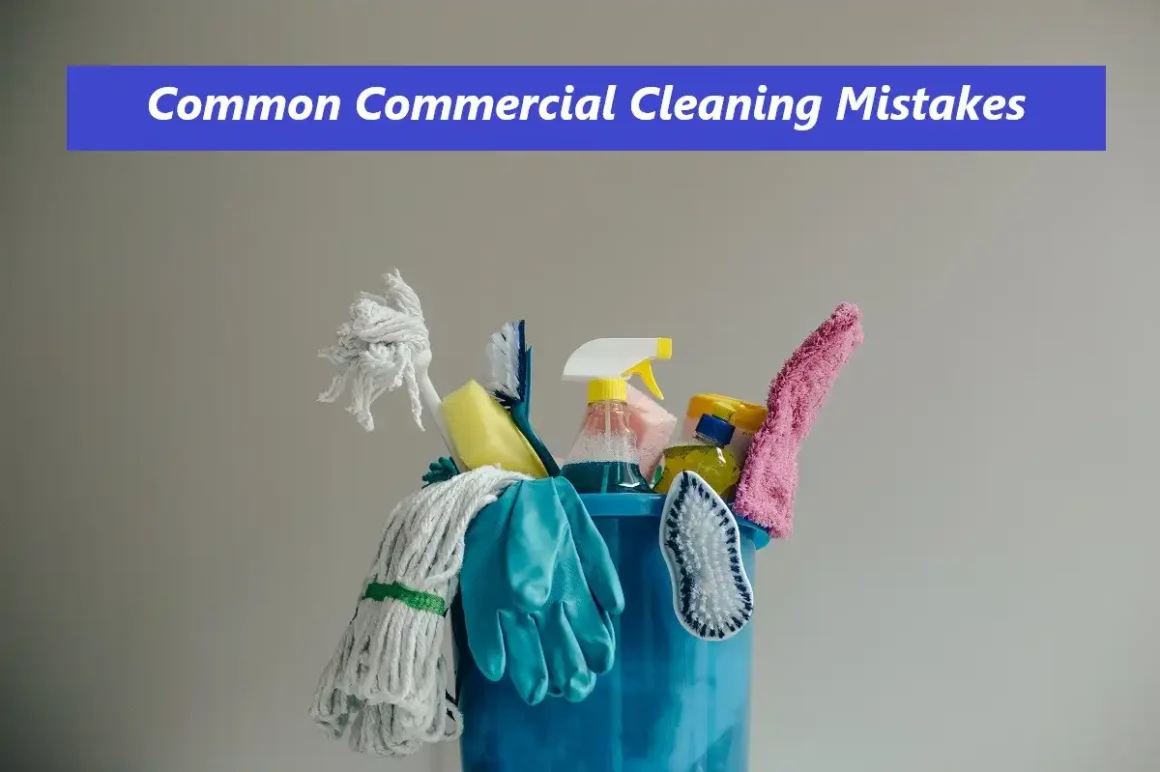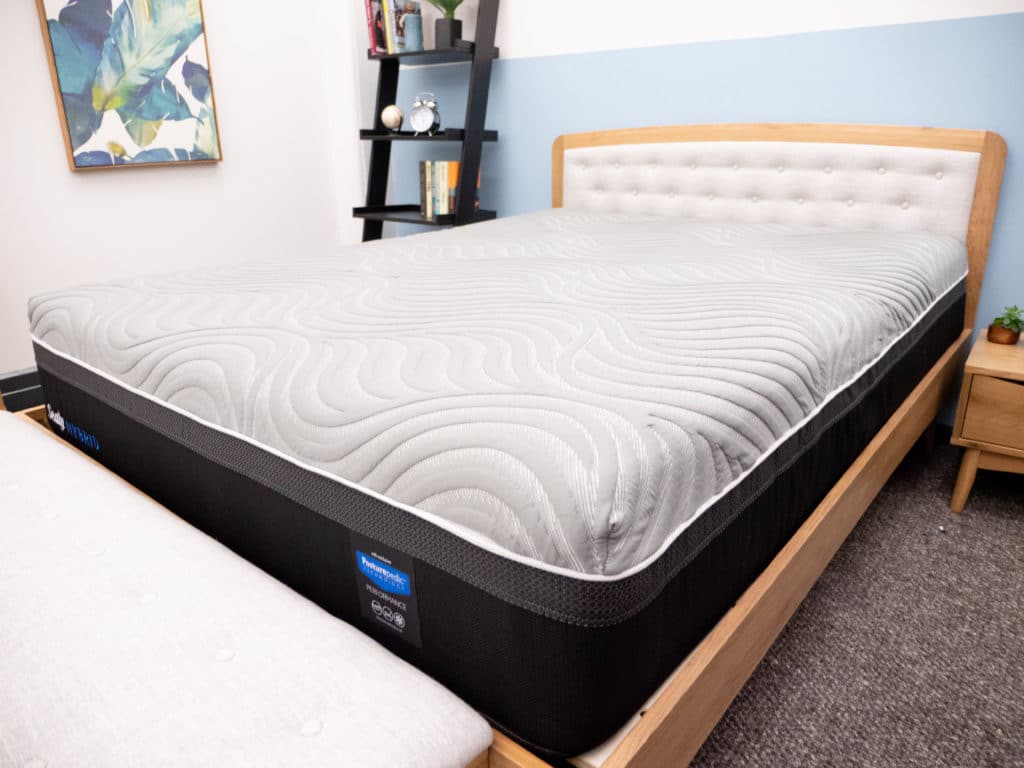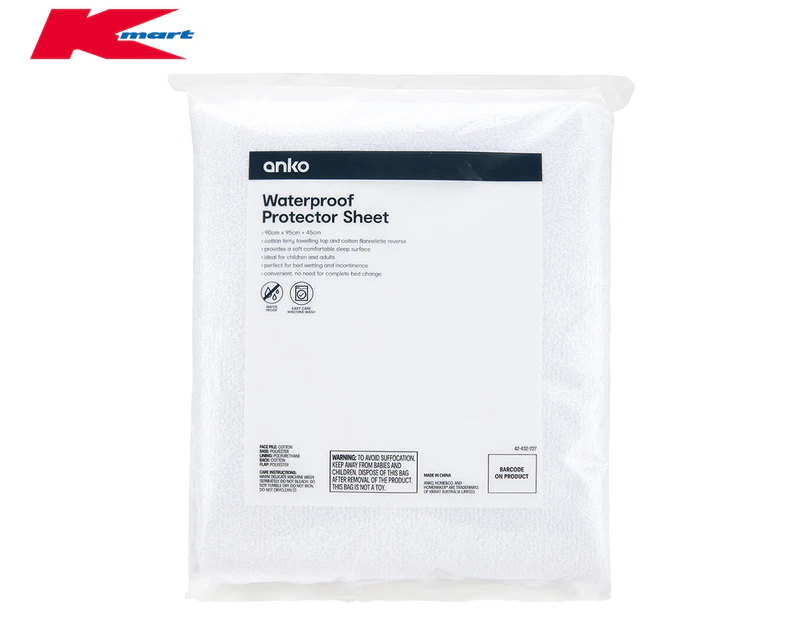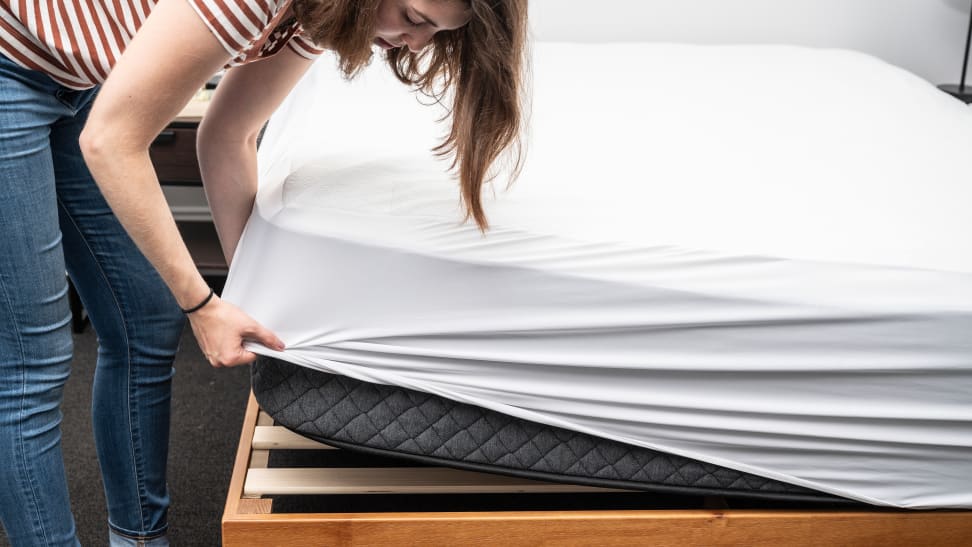Keeping your kitchen and bathroom walls clean is essential for maintaining a hygienic and visually appealing home. However, with all the cooking and bathing that takes place in these areas, it's no surprise that they can quickly become dirty and greasy. If you're wondering how to best clean your kitchen and bath walls, look no further. In this article, we'll provide you with a step-by-step guide to effectively washing these surfaces and keeping them looking spotless.How to Wash Kitchen and Bath Walls
When it comes to washing your kitchen and bath walls, the best method is a combination of using the right products and techniques. Start by gathering your cleaning supplies, including a bucket, sponge, microfiber cloth, all-purpose cleaner, and a scrub brush. It's also helpful to have a step stool or ladder if your walls are tall. Once you have all your supplies, follow the steps below for the best way to clean your kitchen and bath walls.Best Way to Clean Kitchen and Bath Walls
Step 1: Remove any decorations or wall hangings and place them in a safe spot away from the cleaning area. Step 2: Using a microfiber cloth or dry sponge, dust the walls to remove any loose dirt or debris. Step 3: Mix your all-purpose cleaner with warm water in a bucket according to the manufacturer's instructions. Step 4: Dip your sponge into the cleaning solution and wring it out to avoid excess water dripping onto the floor. Step 5: Starting from the top, wipe the walls in a circular motion, working your way down to the bottom. Step 6: For stubborn stains or grease, use a scrub brush and gently scrub the affected area. Step 7: Rinse your sponge frequently and change the cleaning solution as needed. Step 8: Once you've cleaned the entire wall, go over it again with a clean, damp cloth to remove any residue. Step 9: Dry the walls with a clean cloth or allow them to air dry. Step 10: Finally, replace any decorations or wall hangings and step back to admire your sparkling clean walls.Step-by-Step Guide for Washing Kitchen and Bath Walls
There are several effective methods for cleaning kitchen and bath walls, depending on the type of surface and the level of dirt and grime. For painted walls, using an all-purpose cleaner as described above is typically sufficient. However, for more delicate surfaces like wallpaper or textured walls, it's important to use a gentler cleaning solution and avoid scrubbing too vigorously to prevent damage.Effective Methods for Cleaning Kitchen and Bath Walls
If you prefer to use natural cleaning solutions, there are plenty of DIY options that are safe and effective for washing kitchen and bath walls. For example, mixing equal parts of vinegar and water is a great all-purpose cleaner that is safe for most surfaces. You can also add a few drops of essential oils for a fresh scent. Baking soda is another great option for scrubbing stubborn stains without damaging the surface.DIY Tips for Washing Kitchen and Bath Walls
Aside from the all-purpose cleaner and DIY solutions mentioned above, there are a few other products that can be helpful when washing kitchen and bath walls. For example, if you have mold or mildew on your walls, using a bleach-based cleaner can effectively remove it. For grease stains, a degreaser or dish soap can be helpful. Just make sure to spot test any new products on a small, inconspicuous area before using them on the entire wall.Products to Use for Cleaning Kitchen and Bath Walls
If you're dealing with particularly stubborn stains or dirt on your kitchen and bath walls, there are some expert techniques you can use to get them clean. For example, using a steam cleaner can be very effective at removing tough grime without the need for harsh chemicals. Another technique is to create a paste with baking soda and water and apply it to the stain, allowing it to sit for a few minutes before wiping it off.Expert Techniques for Washing Kitchen and Bath Walls
Even with regular cleaning, some stains on kitchen and bath walls can be tough to remove. For these stubborn stains, there are a few tricks you can try. One option is to use a Magic Eraser, which can be especially helpful for removing scuff marks or crayon marks. Another trick is to use a paste made from equal parts baking soda and water and a few drops of dish soap. Apply the paste to the stain and let it sit for at least 30 minutes before scrubbing and rinsing.Tricks for Removing Stubborn Stains from Kitchen and Bath Walls
The frequency of washing your kitchen and bath walls will depend on how often they get dirty and the type of surface. Generally, it's a good idea to do a deep clean of these areas at least once a month. However, if you notice visible dirt or stains, it's best to spot clean right away to prevent them from becoming more difficult to remove.How Often Should You Wash Kitchen and Bath Walls?
Now that you know the best methods for washing kitchen and bath walls, it's important to also be aware of common mistakes to avoid. One mistake is using too much water, which can cause damage to drywall or wallpaper. Another mistake is using harsh chemicals on delicate surfaces, which can cause discoloration or damage. It's also important to avoid using abrasive tools like steel wool, as they can scratch and damage the walls. Now that you have a thorough understanding of how to wash your kitchen and bath walls, it's time to roll up your sleeves and get cleaning! By following the steps and tips outlined in this article, you can achieve sparkling clean walls that will make your home feel fresh and inviting.Common Mistakes to Avoid When Cleaning Kitchen and Bath Walls
Why Washing Your Kitchen and Bathroom Walls is Essential for a Well-Designed Home
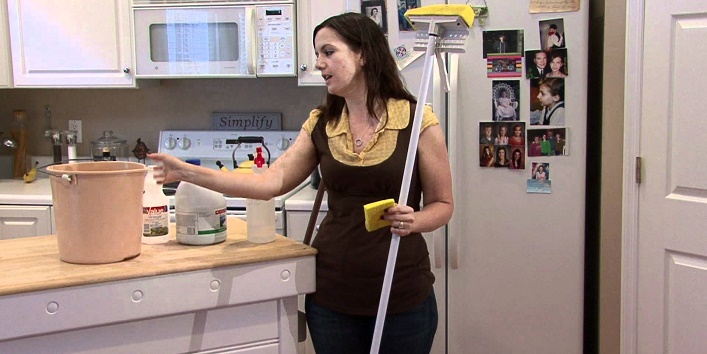
The Importance of Clean Walls
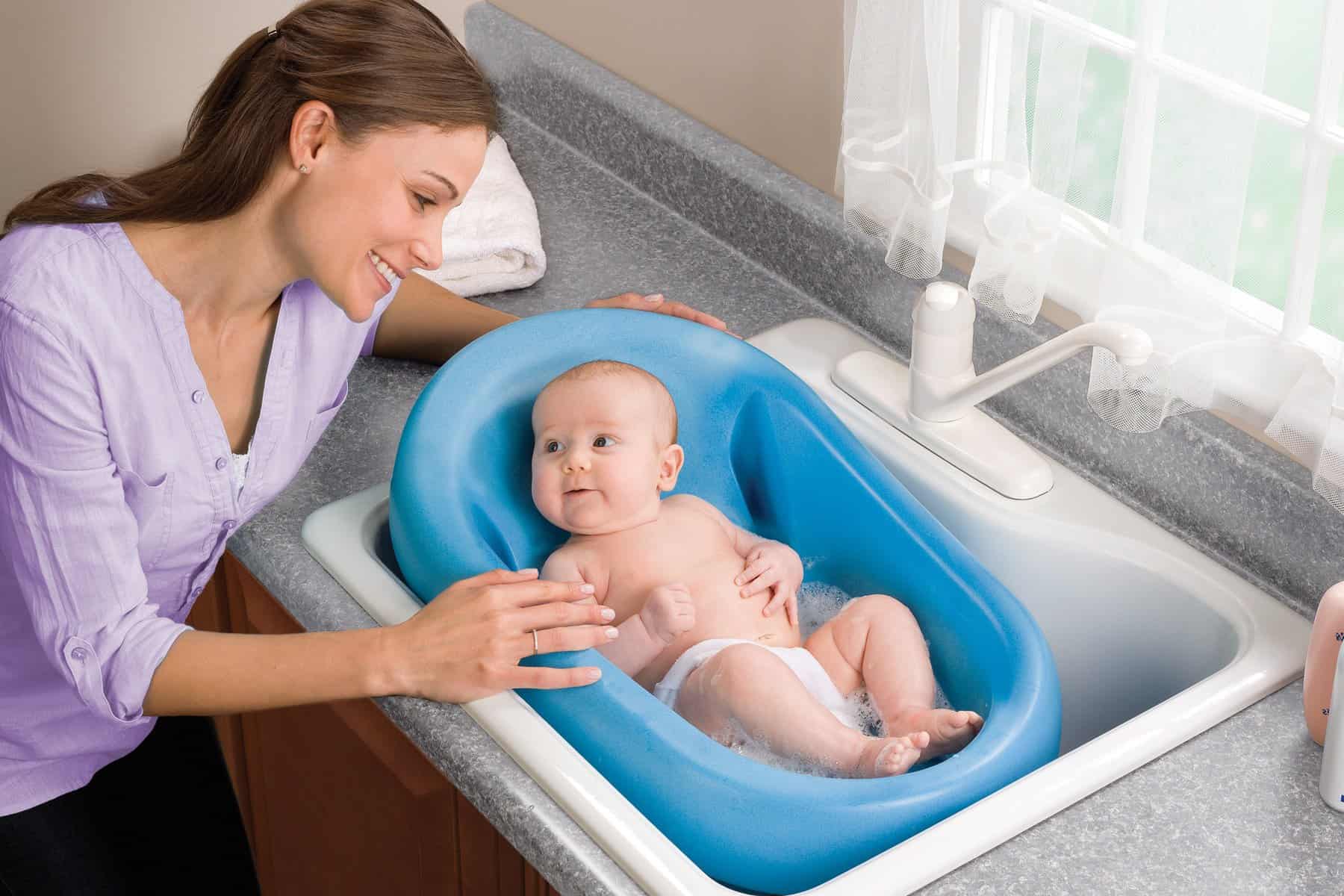 When it comes to designing our homes, we often focus on the furniture, decor, and layout. However, one crucial aspect that is often overlooked is the cleanliness of our walls.
Clean walls are essential for a well-designed home, especially in the kitchen and bathroom.
These spaces are prone to dirt, grease, and moisture, which can easily accumulate on the walls. Regularly washing these walls not only maintains their appearance but also ensures a hygienic living environment.
When it comes to designing our homes, we often focus on the furniture, decor, and layout. However, one crucial aspect that is often overlooked is the cleanliness of our walls.
Clean walls are essential for a well-designed home, especially in the kitchen and bathroom.
These spaces are prone to dirt, grease, and moisture, which can easily accumulate on the walls. Regularly washing these walls not only maintains their appearance but also ensures a hygienic living environment.
Removing Dirt and Grime
 Kitchens and bathrooms are high-traffic areas
and are constantly exposed to various elements that can leave behind dirt and grime. These can include cooking residue, soap scum, and water splashes. Over time, these can build up and make your walls look dull and dirty. By regularly washing them, you can
remove these unsightly stains and keep your walls looking fresh and clean.
Kitchens and bathrooms are high-traffic areas
and are constantly exposed to various elements that can leave behind dirt and grime. These can include cooking residue, soap scum, and water splashes. Over time, these can build up and make your walls look dull and dirty. By regularly washing them, you can
remove these unsightly stains and keep your walls looking fresh and clean.
Preventing Bacteria and Mold Growth
 Aside from dirt and grime,
kitchen and bathroom walls are also susceptible to bacteria and mold growth.
These microorganisms thrive in damp and humid environments, making these areas the perfect breeding ground. Regularly washing your walls with
antibacterial cleaners
can help prevent the spread of harmful bacteria and mold, keeping your home safe and healthy.
Aside from dirt and grime,
kitchen and bathroom walls are also susceptible to bacteria and mold growth.
These microorganisms thrive in damp and humid environments, making these areas the perfect breeding ground. Regularly washing your walls with
antibacterial cleaners
can help prevent the spread of harmful bacteria and mold, keeping your home safe and healthy.
Preserving the Aesthetic of Your Home
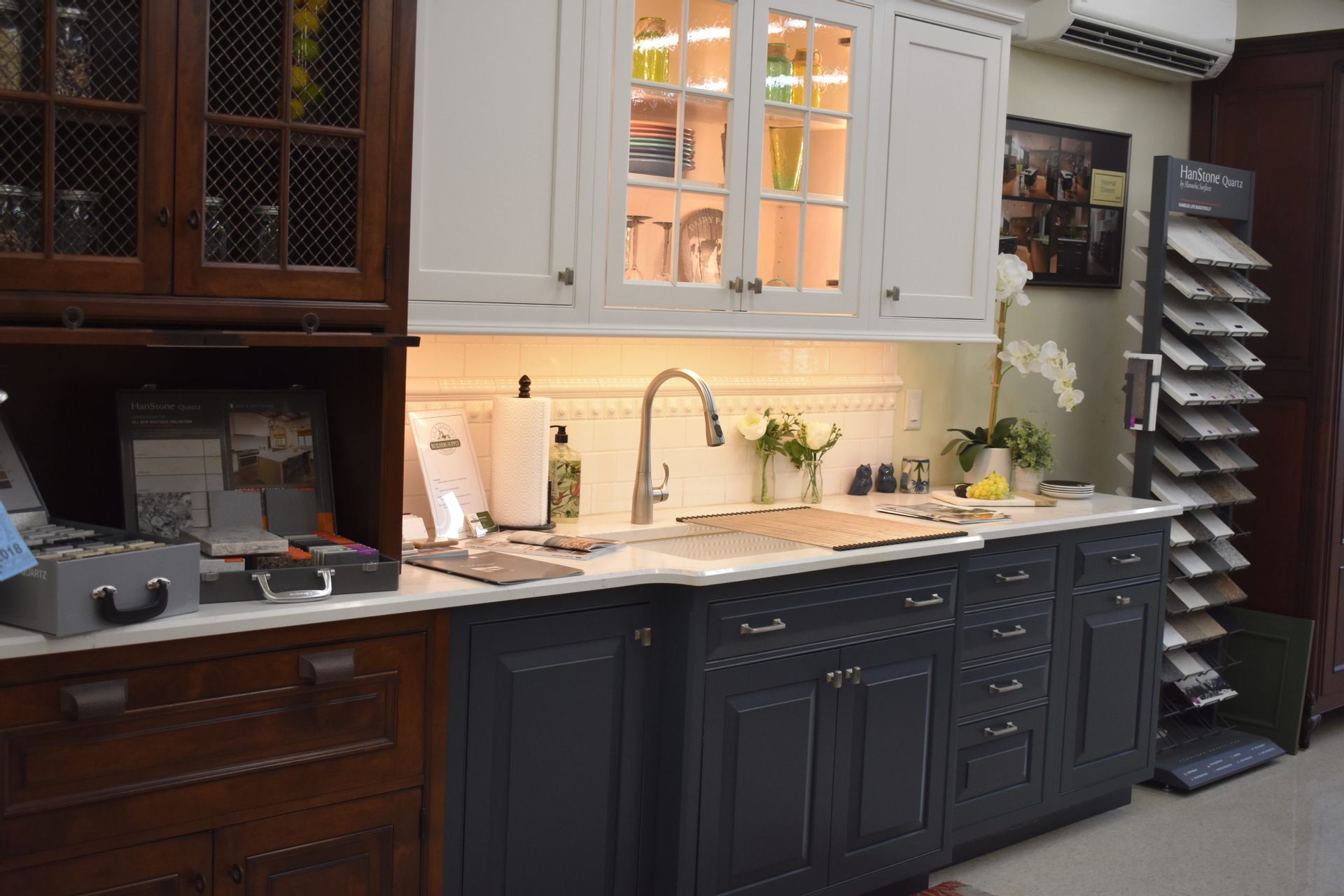 In addition to the practical reasons for washing your kitchen and bathroom walls, there is also an aesthetic aspect to consider. These areas are often the focal point of a home and can greatly impact its overall design.
Dirty and stained walls can make a space look unappealing and unkempt.
On the other hand, clean and well-maintained walls can enhance the visual appeal of your home and make it feel more inviting and welcoming.
In addition to the practical reasons for washing your kitchen and bathroom walls, there is also an aesthetic aspect to consider. These areas are often the focal point of a home and can greatly impact its overall design.
Dirty and stained walls can make a space look unappealing and unkempt.
On the other hand, clean and well-maintained walls can enhance the visual appeal of your home and make it feel more inviting and welcoming.
How to Properly Wash Your Walls
 To effectively wash your kitchen and bathroom walls, you will need a few essential tools such as a sponge, bucket, and cleaner. Start by
dusting the walls to remove any loose debris.
Then, dip a sponge in a mixture of warm water and cleaner, and gently scrub the walls. Rinse with clean water and dry with a towel.
Be sure to avoid using abrasive cleaners or scrubbers that can damage your walls.
To effectively wash your kitchen and bathroom walls, you will need a few essential tools such as a sponge, bucket, and cleaner. Start by
dusting the walls to remove any loose debris.
Then, dip a sponge in a mixture of warm water and cleaner, and gently scrub the walls. Rinse with clean water and dry with a towel.
Be sure to avoid using abrasive cleaners or scrubbers that can damage your walls.
In Conclusion
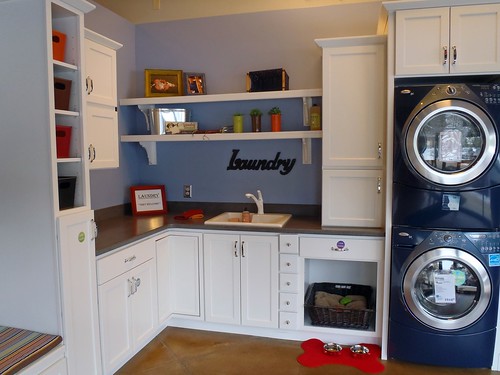 Washing your kitchen and bathroom walls may seem like a tedious task, but it is an essential step in creating a well-designed home.
Not only does it improve the appearance of your walls, but it also promotes a hygienic and healthy living environment. By following these simple tips and regularly cleaning your walls, you can maintain a beautiful and functional home for years to come.
Washing your kitchen and bathroom walls may seem like a tedious task, but it is an essential step in creating a well-designed home.
Not only does it improve the appearance of your walls, but it also promotes a hygienic and healthy living environment. By following these simple tips and regularly cleaning your walls, you can maintain a beautiful and functional home for years to come.





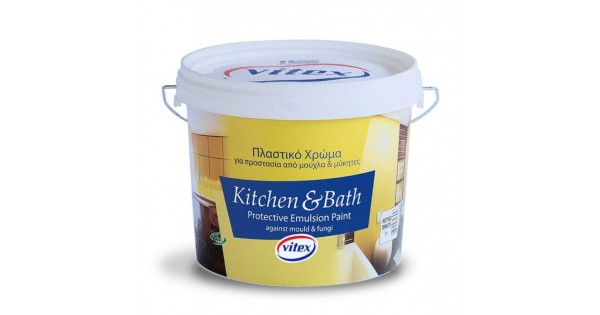



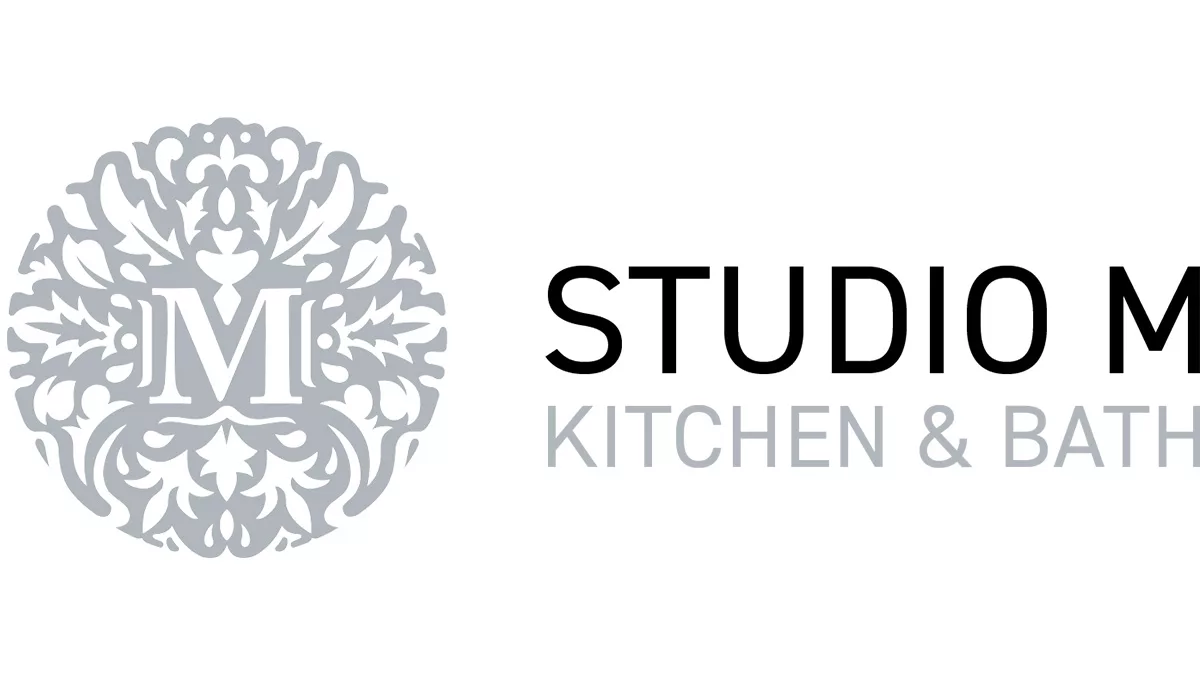




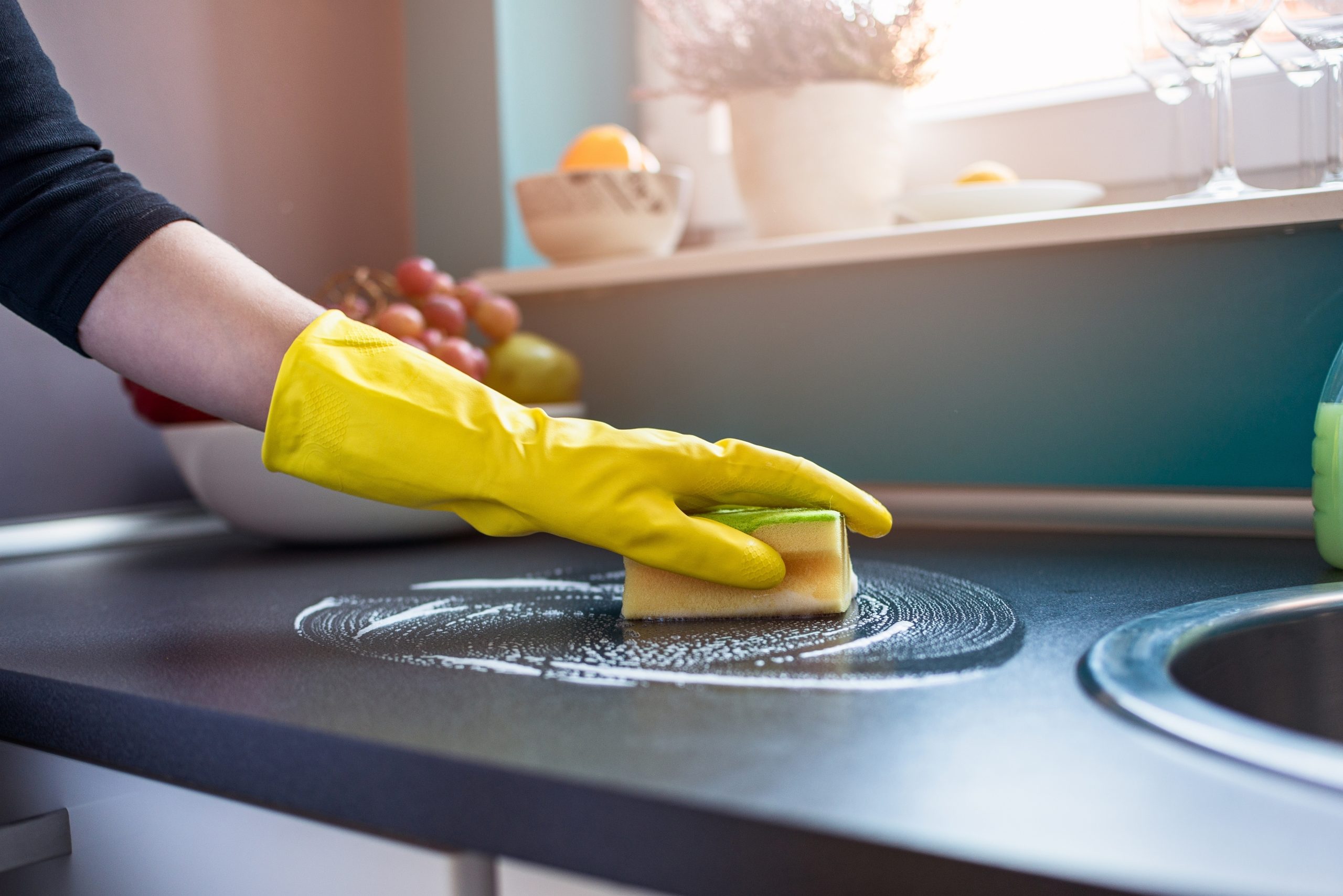
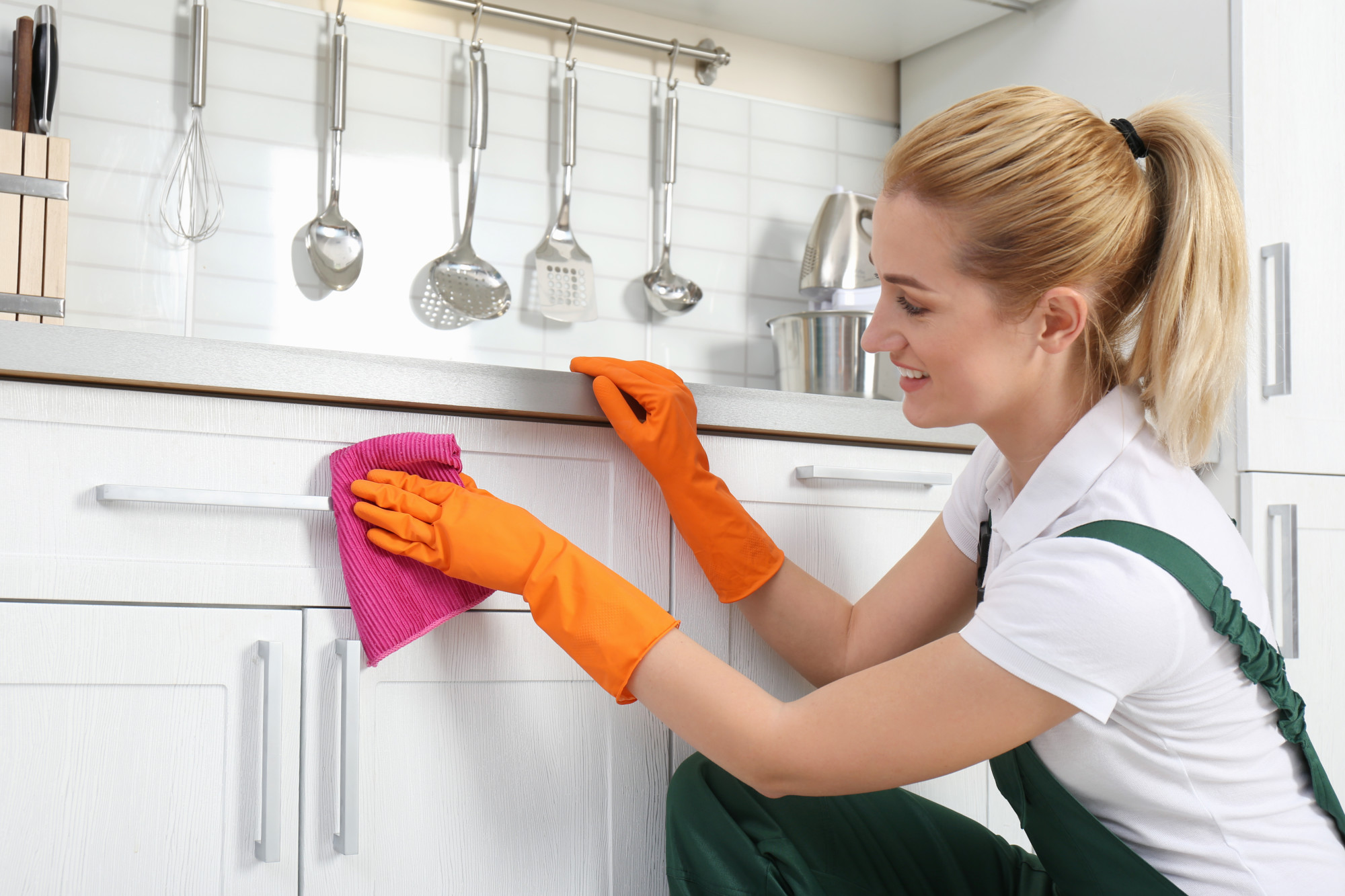


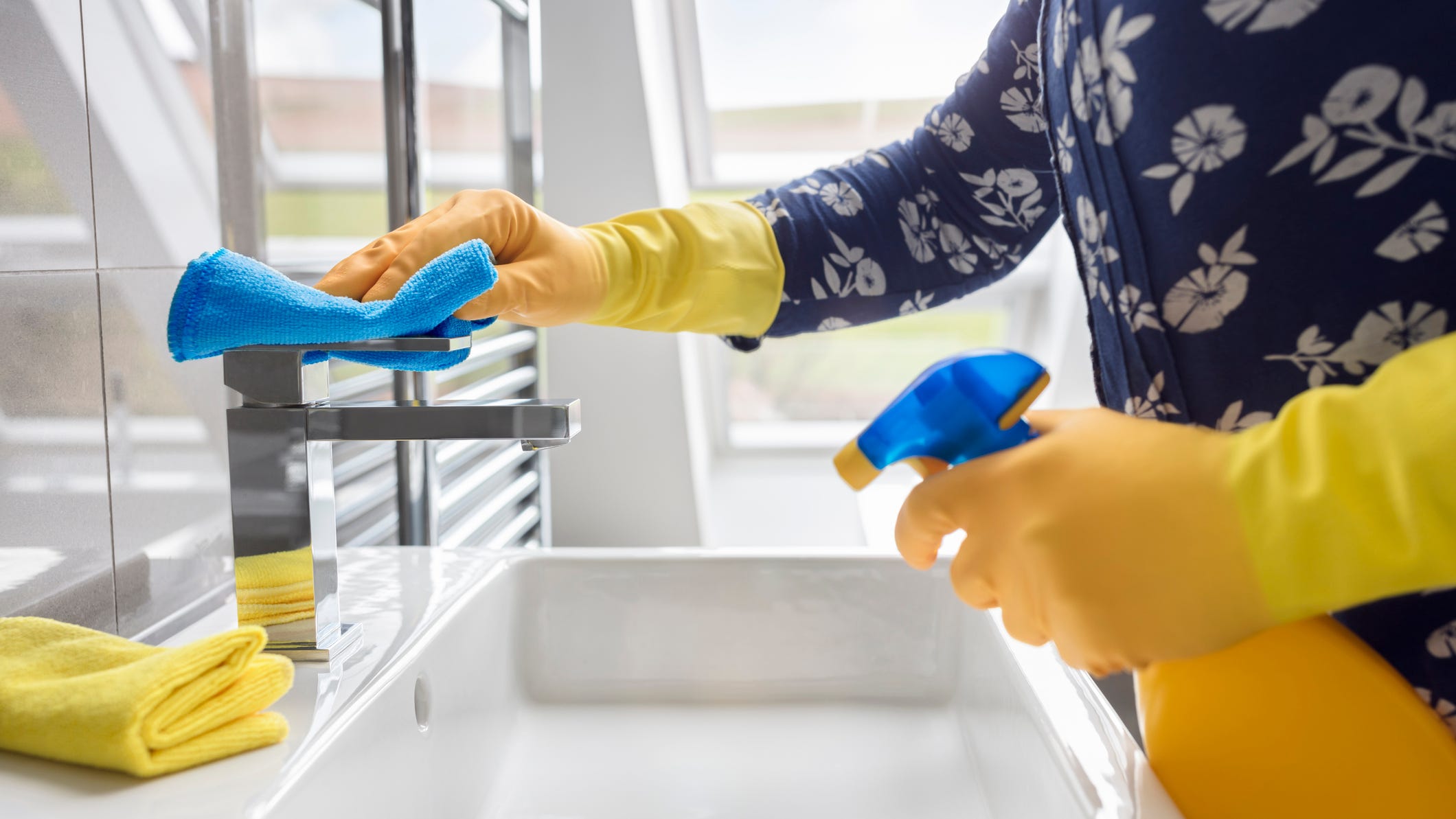

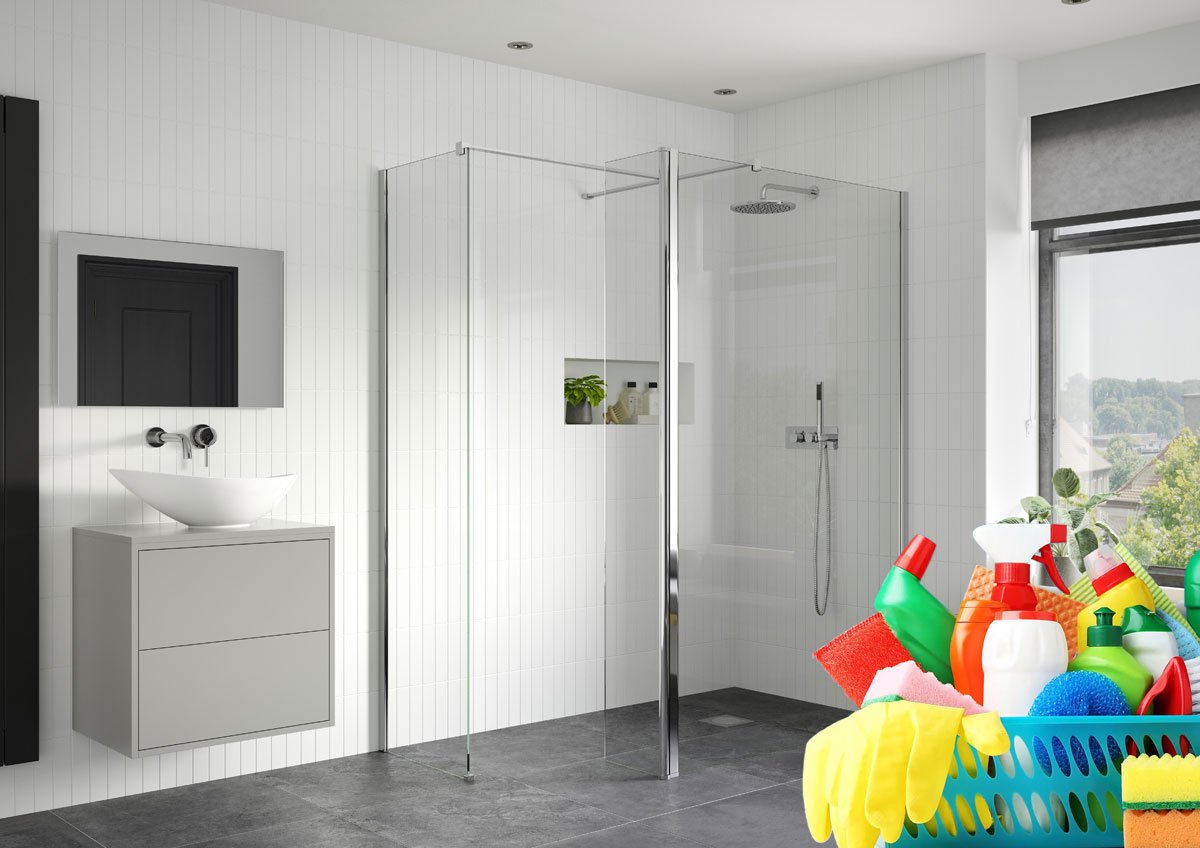
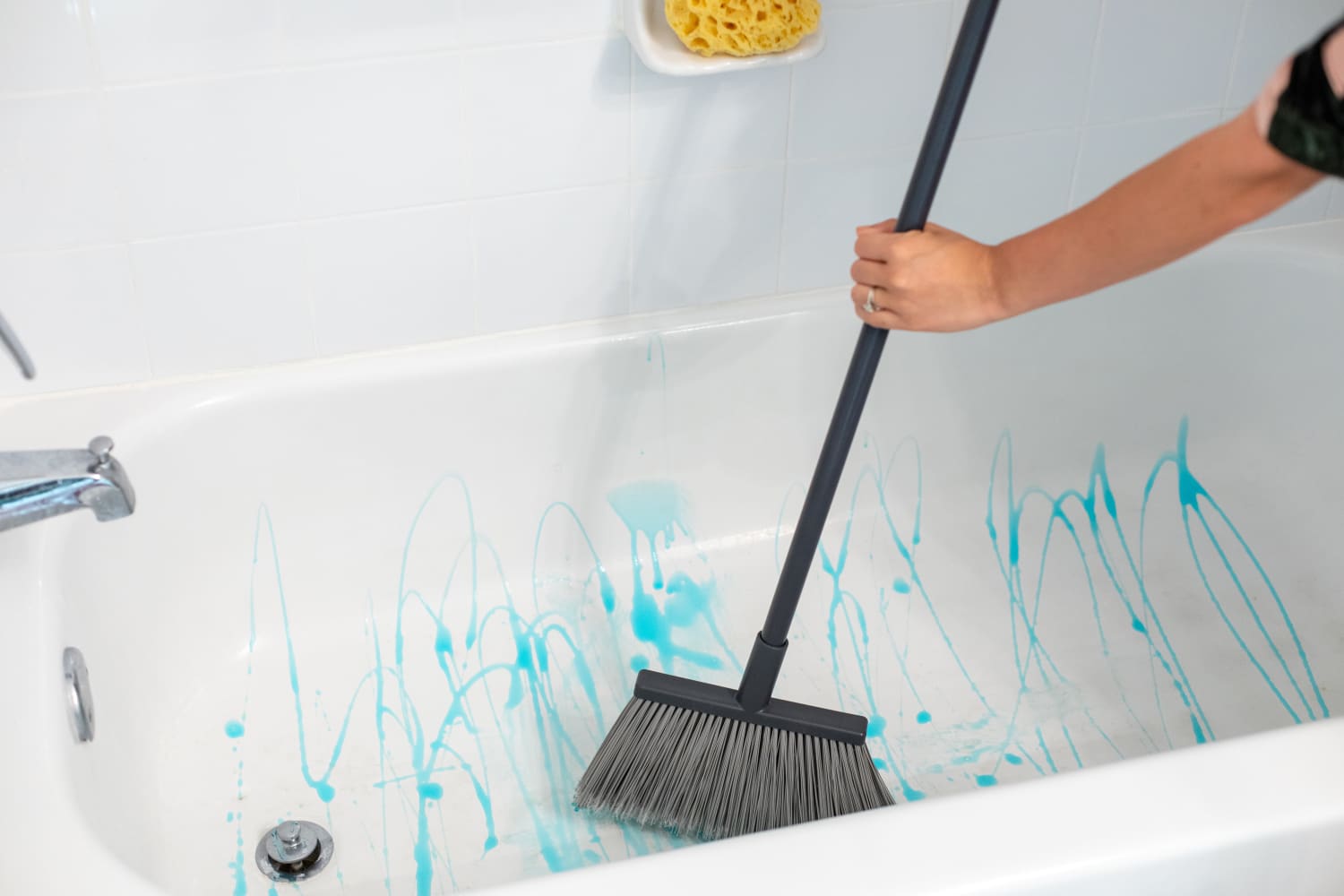

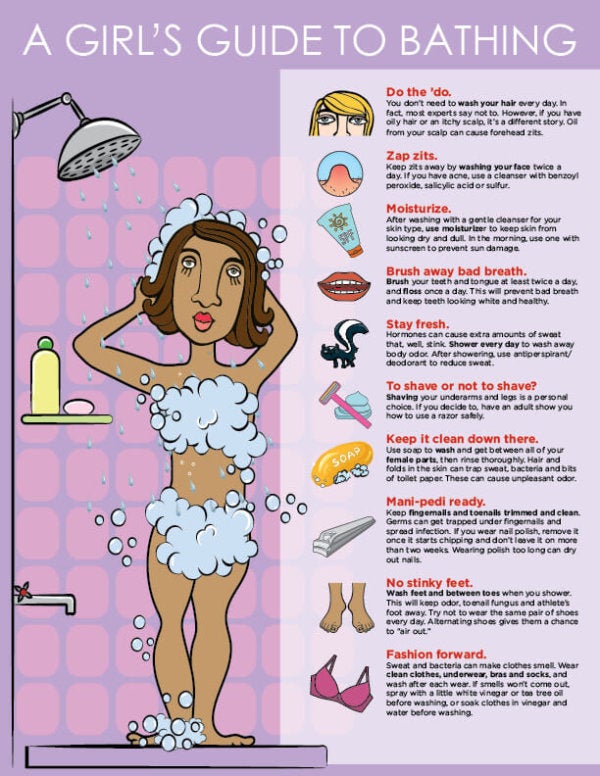






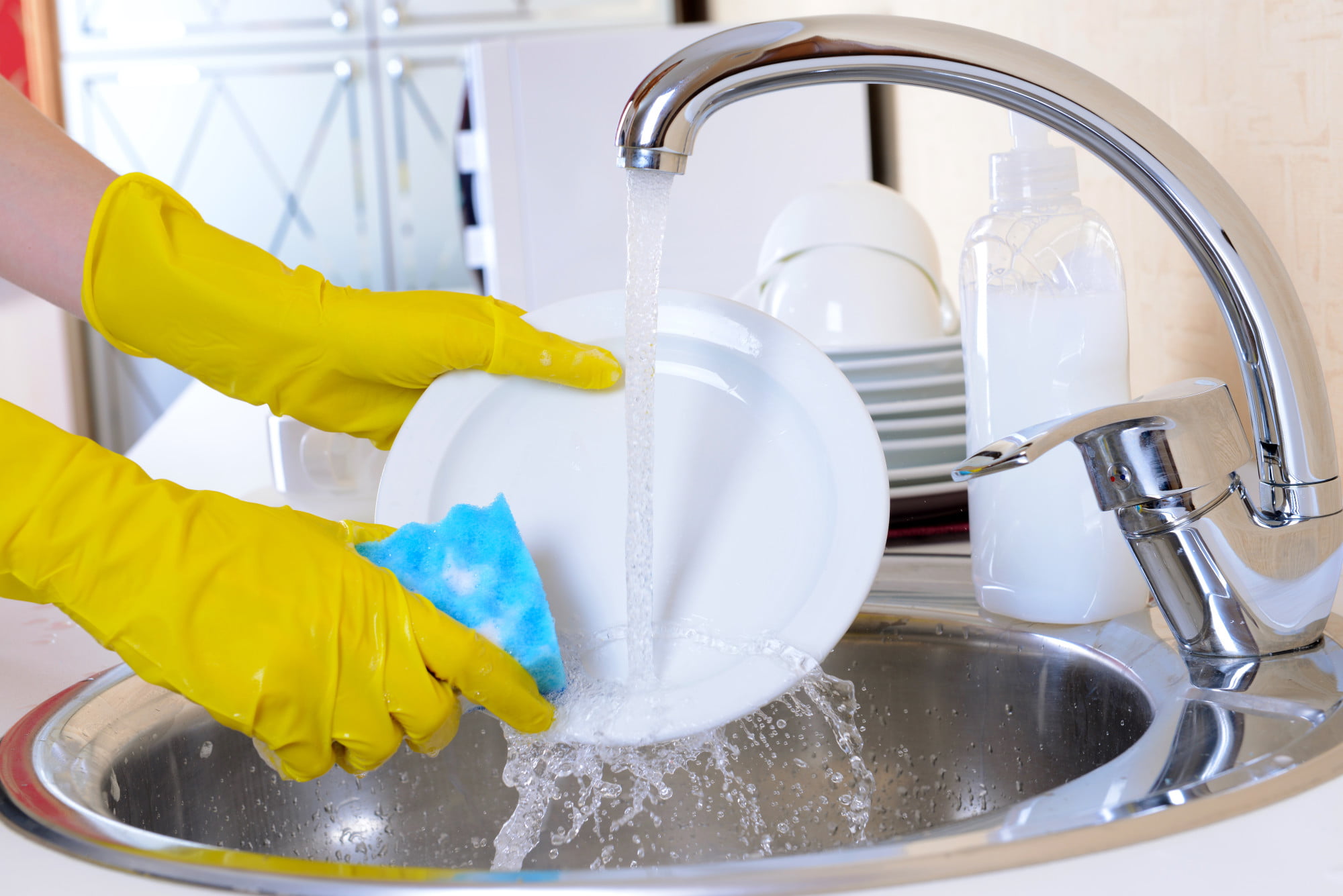







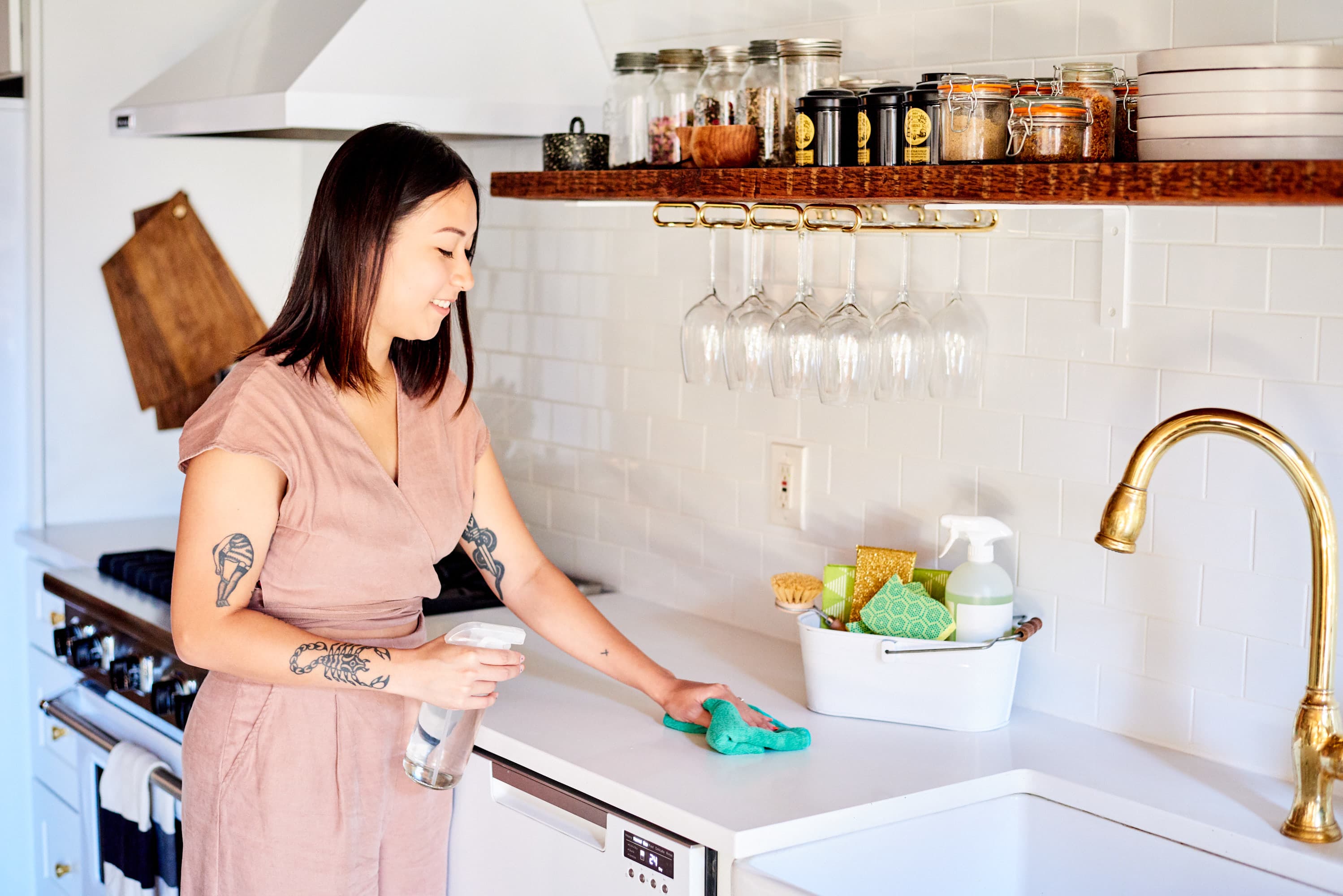
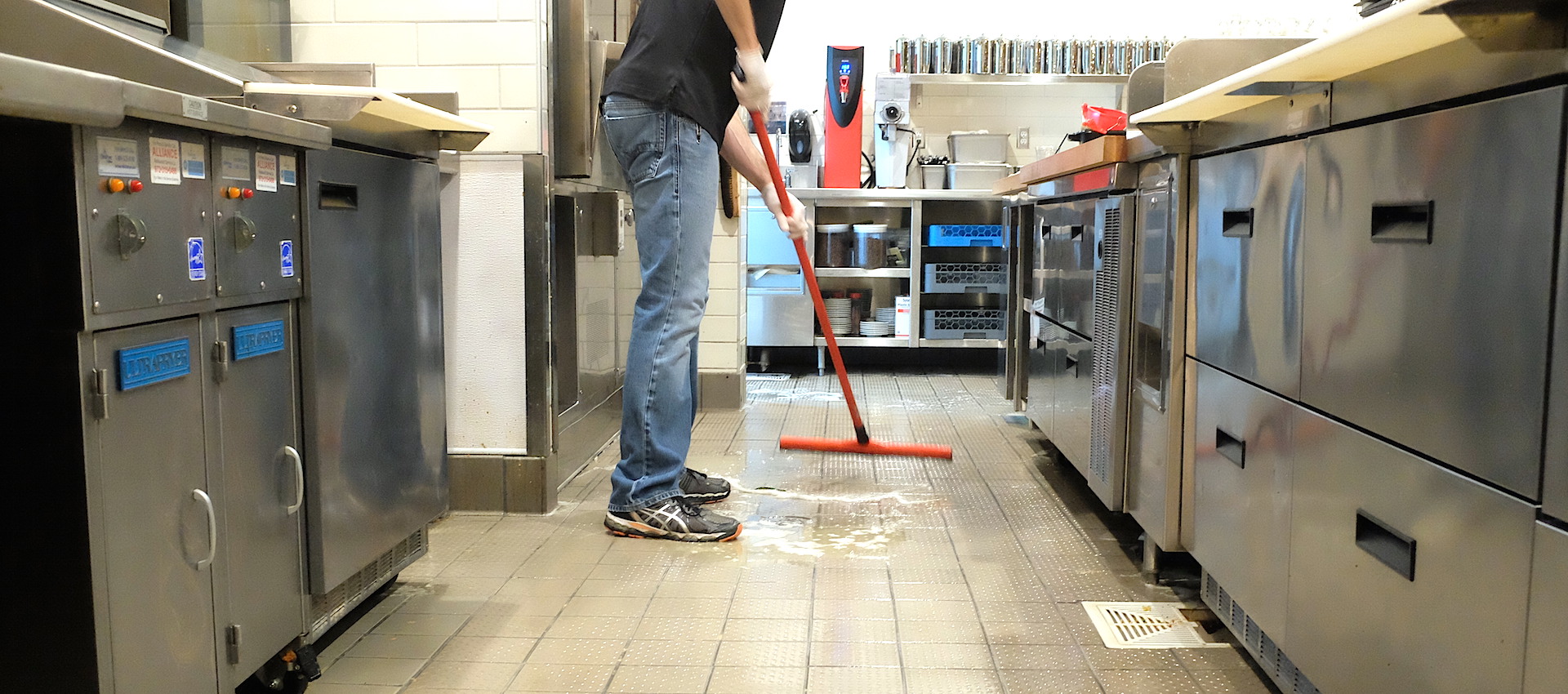


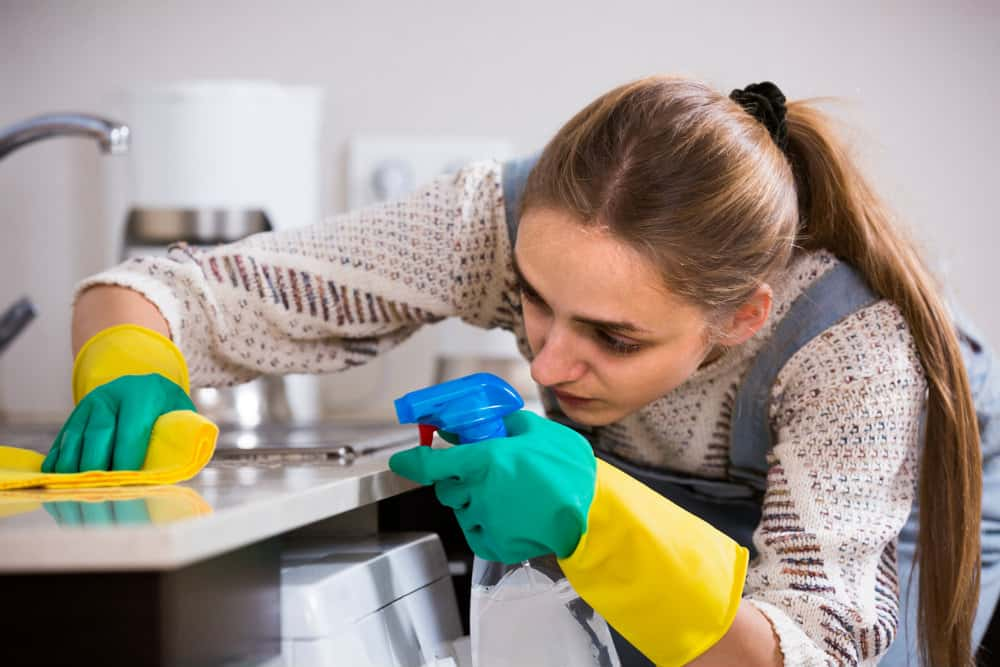



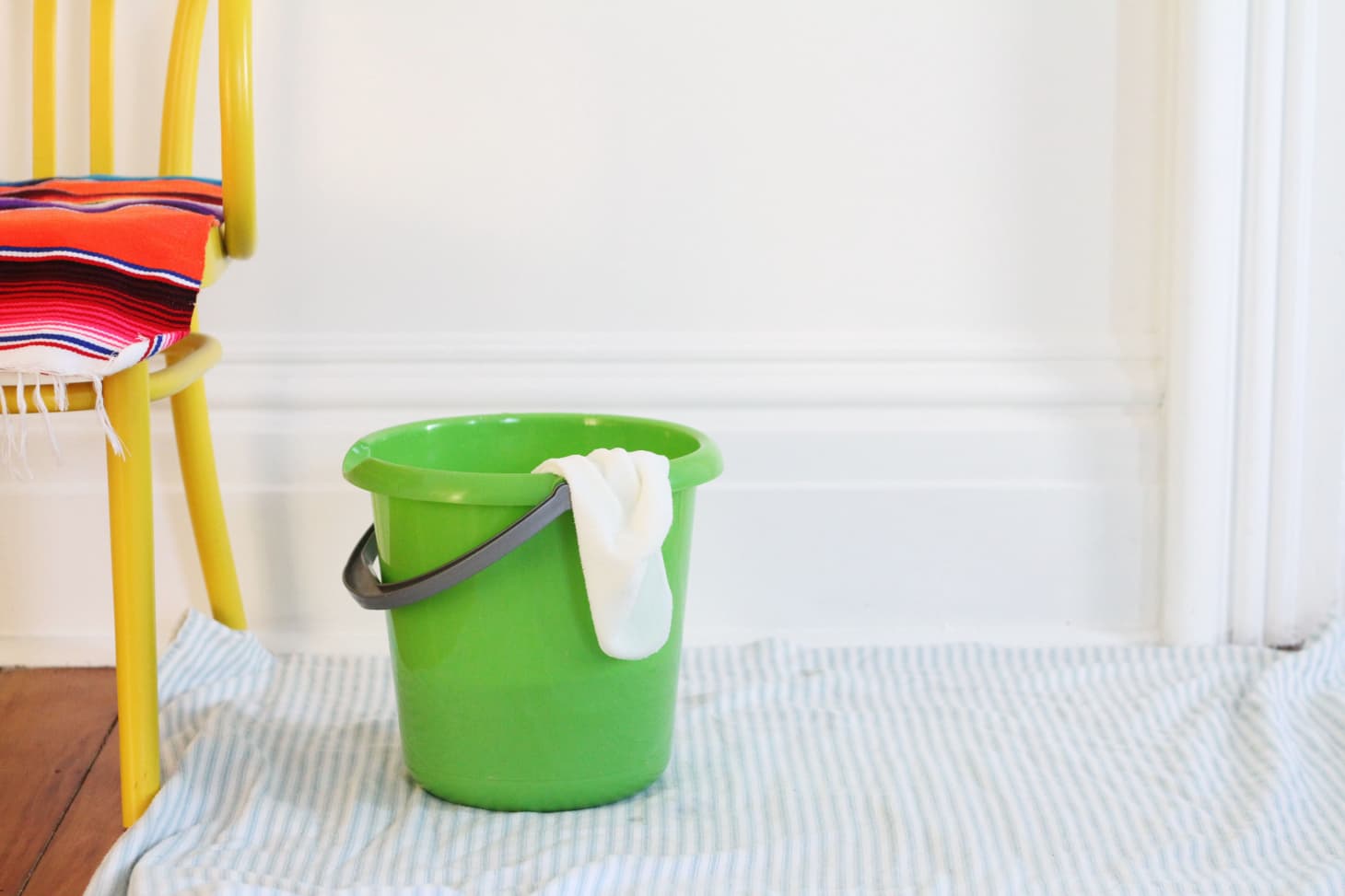


:max_bytes(150000):strip_icc()/washing-interior-walls-4b-22fbafc3f68547f99df053f55be7473b.jpg)

